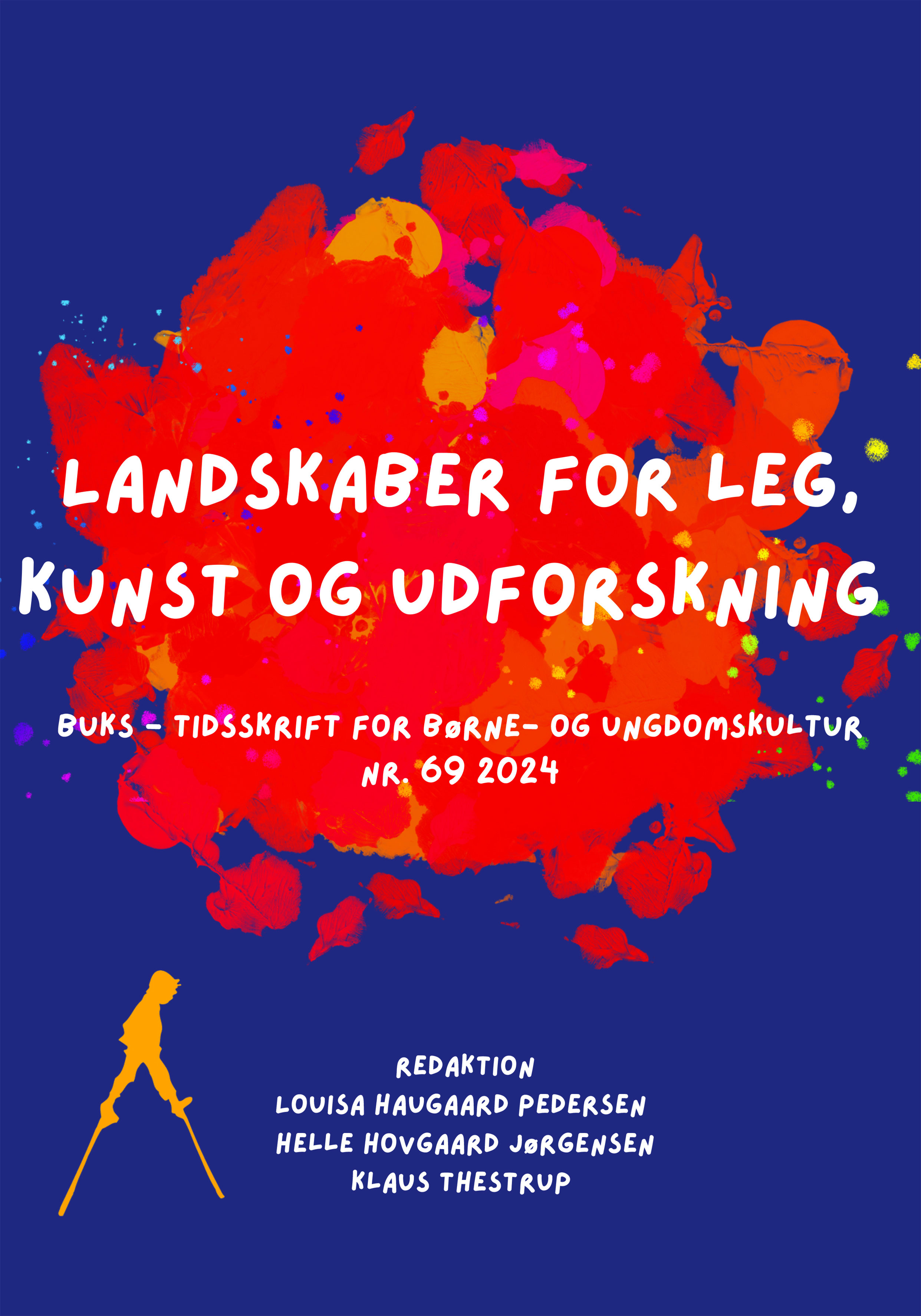Exploring and crossing boundaries in education – tinkering as an approach to breaching children’s formal and informal learning processes
DOI:
https://doi.org/10.7146/buks.v40i69.150387Keywords:
tinkering, formal learning, education, positioning wheel, experimental learningAbstract
This article explores the integration of tinkering as an approach to learning and teaching in the context of two Danish public schools. Tinkering, traditionally associated with informal learning, is examined for its potential to widen participation, and align with informal learning processes within a formal educational setting. The study, part of the larger Tech&Play project, investigates the characteristics of tinkering in formal learning settings and examines the roles of children and teachers in tinkering processes.
The article introduces the Positioning Wheel, a reflection tool, to understand the roles and positions of children and teachers in experimental learning practices. It combines this with the Facilitation Field Guide developed by the Tinkering Studio to create a pedagogical and didactical framework. The findings indicate that tinkering encourages diverse participation and engagement, particularly in cross-curricular and thematic approaches. However, challenges arise in sustaining the tinkering approach within longer lesson plans and subject-specific contexts.
The study suggests that while tinkering enhances motivation and flexibility in formal learning, further experiments are needed to fully explore its potential within the formal education system. The Positioning Wheel proves useful in analyzing the positioning of learners, emphasizing the importance of dynamic roles in pedagogical practices.
Downloads
Published
How to Cite
Issue
Section
License
Copyright (c) 2024 © BUKS og forfatterne

This work is licensed under a Creative Commons Attribution-NoDerivatives 4.0 International License.
Tidsskriftet følger dansk ophavsret





